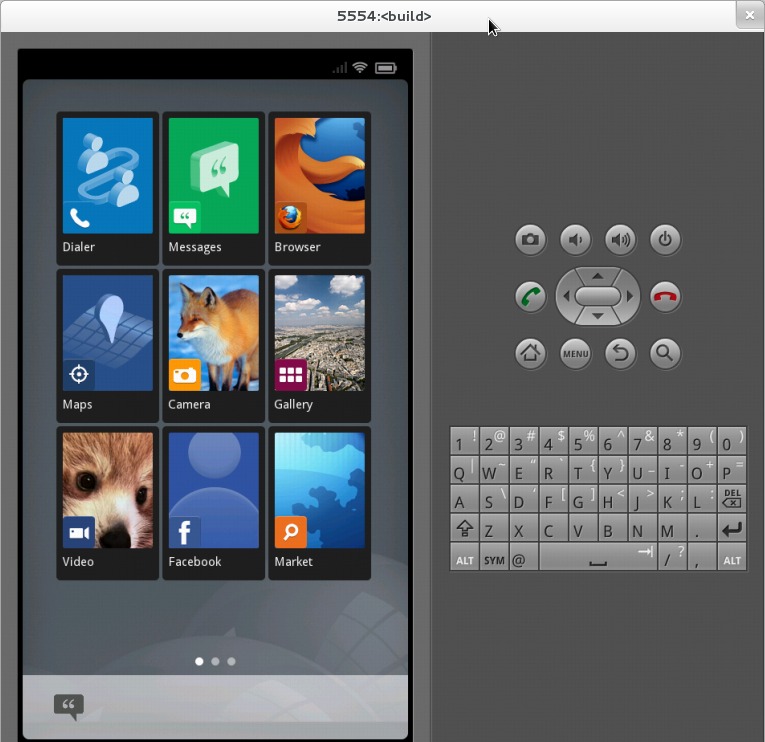Last week I was in sunny San Diego, CA at the 27th CSUN accessibility conference, part of the Mozilla delegation along with Eitan and Marco. So was a very enlightening event. I'm quite new to accessibility technology and what I saw is an even greater reliance on technologies, for the good and the better.
Beside the usual important work on web accessibility, there was also in multiple occasions discussions about repurposing tools for accessibility need. One concrete example is Google Goggles. This app for Android always seemed to me to be a gadget, but in fact it has proven to be a pretty convenient tools for things like reading bank notes (the US dollar notes don't have braille, unlike the Canadian one). Or face detection in a cell phone camera to take a picture: the framing guided by voice.
Another use was Google own Google+ hangout[1]. Google hangout is for live conversation using sign language. There is in fact a lot of work done to make the video fluid and good enough for that. Video fluidity was also an argument presented by the Apple marketing manager when talking about iOS and FaceTime. Some fantastic stuff.
Android accessibility is a different story. It seems that there is a large difference between 2.3 and 4.0 in term of support, where 4.0 (Ice Cream Sandwich) is going way further. One of the major change is that now accessibility is required for the Android Google Marketplace lock-in. No more stripped down like it was on the Asus Transformer running 3.2. It is unclear however if the skinning that Samsung Touchwiz or HTC Sense UI will be required to be accessible: as it is now, HTC Sense UI actually is forcing to root the phone and have Cyanogen Mod installed in order to be accessible. Also I had a chance to see Eitan's work in Firefox for Android accessibility.
Things I saw: a demo of Windows 8 on a tablet with IE 10. They have accessibility built into with touch discovery and gesture, and video subtitle and captions. I also happen to have tried for the first time a Windows Phone 7 phone and saw a second one on the plane (bound to SEA). iOS devices seems to dominate and the reason is that their approach to accessibility from the ground up is probably the best on the market for non market-specific devices. And they also support bluetooth Braille readers.
It was good to meet with everybody, Ryan, Jenisson, Laura, Kevin, Sina, Victor, Carol, Matt, Richard, Matt, Eitan, Marco, Rainer, Steven, Henny, Denis, Sylvain, Arnaud, TV, Naomi, James, Alice and the rest of the Google team, and many other fantastic people I possibly forget.
I felt so much energy in that conference. So many good things happening. So many to come.

